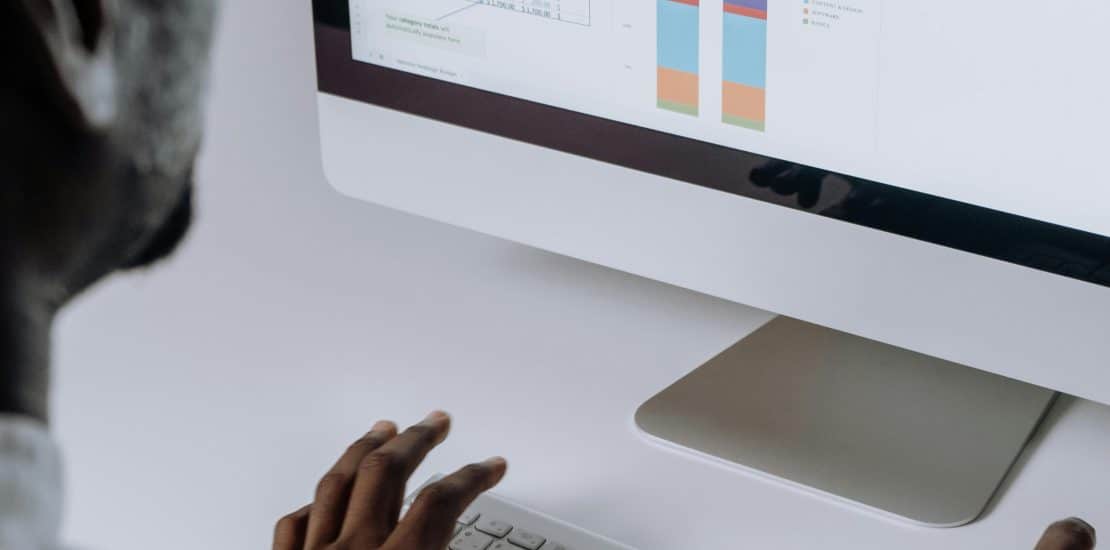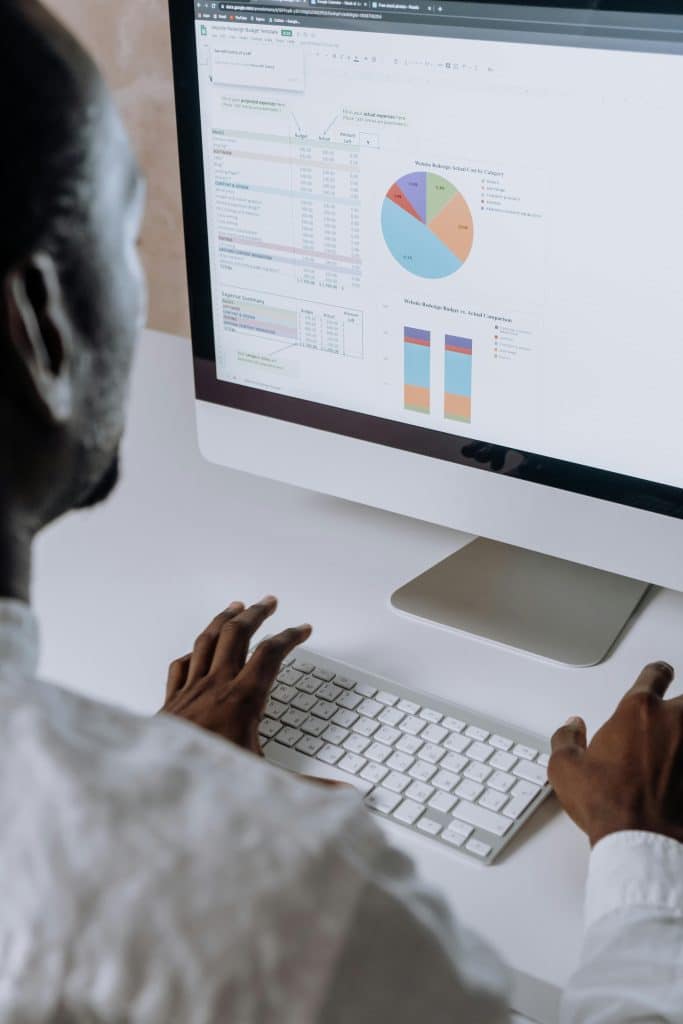Excel vs Dashboards – When It’s Time to Level Up Your Reporting Tools
- July 3, 2025
- Posted by: Abdul Majeed
- Category: Uncategorized

Excel is a powerful tool — and for many charities, it’s been the go-to solution for data management, budgeting, and reporting for years. It’s accessible, familiar, and flexible.
But at a certain point, Excel stops helping — and starts holding you back.
If your charity is spending days manually cleaning data, building charts, and copying numbers into reports every month, it’s time to ask:
Is Excel still serving us — or slowing us down?
This blog helps you understand when your organisation is ready to move from Excel to live dashboards, what the differences are, and how dashboards can transform your reporting, decision-making, and donor confidence.
📉 Why Excel Becomes a Bottleneck
Don’t get us wrong — Excel (and Google Sheets) are great tools for:
-
Basic tracking and analysis
-
Ad hoc reports
-
Budget calculations
-
Early-stage programme data collection
But as your data grows in complexity, your team grows in size, or your donors grow in expectations — the cracks begin to show.
Here’s what we often see:
-
Reports taking 5+ hours to prepare
-
Multiple conflicting versions of the same file
-
Fragile formulas that break with one wrong edit
-
Charts that are hard to update without rebuilding
-
Limited visual storytelling
-
No real-time updates — everything is always out of date
The result?
Staff burnout, delayed decisions, and underwhelmed funders.
📊 What Dashboards Do Differently
Dashboards aren’t just Excel with prettier charts. They’re designed for clarity, automation, and collaboration.
What a Dashboard Does:
-
Pulls data from multiple sources (e.g. CRM, donations, programmes)
-
Updates automatically — no manual copy-paste
-
Shows the latest results at a glance
-
Makes visuals intuitive and interactive
-
Allows filtering by region, programme, date, etc.
-
Can be shared securely with staff, boards, and donors
Popular tools include:
-
Power BI
-
Google Data Studio
-
Tableau
-
Looker Studio
-
Custom dashboards connected to CRMs
🧠 How to Know When It’s Time to Upgrade
If your charity is experiencing any of the following, it’s time to consider moving beyond Excel.
1. You’re Reporting the Same Metrics Every Month
If you spend time redoing the same graphs or tables repeatedly, dashboards can automate the process.
Example: “Every month I filter the data, copy into another sheet, make a chart, and paste into a report.”
Dashboard solution: Connect the data source once and set the visuals to auto-update.
2. You Have Multiple People Working on Reports
If more than one team member touches your reporting spreadsheet, errors, confusion, and duplication become risks.
“We keep emailing different versions back and forth — it’s a nightmare.”
Dashboard solution: A shared, cloud-based dashboard ensures everyone sees the same data.
3. Your Data Lives in Multiple Systems
Donations in one file. Volunteer hours in another. Impact data in a form. Finance in QuickBooks. You’re spending more time gathering data than analysing it.
Dashboard solution: Integrate systems to feed into a single visual report — and eliminate manual stitching.
4. Funders Are Asking for More Sophisticated Reports
Donors want outcomes, comparisons, and spending breakdowns — clearly visualised.
“They asked for a year-on-year chart and a cost per impact visual. I don’t have time to build all that in Excel.”
Dashboard solution: Create once. Reuse and refresh with each new reporting cycle.
5. You Need Real-Time Insights
Excel can’t update itself. Dashboards can show:
-
Progress toward goals
-
Today’s donor totals
-
Live beneficiary counts
-
Regional impact filters
This helps your team make faster, better decisions — not just end-of-quarter summaries.
🛠️ Excel vs Dashboard: Feature Comparison
| Feature | Excel | Dashboard |
|---|---|---|
| Manual data entry | ✅ | ❌ (automated) |
| Real-time updates | ❌ | ✅ |
| Easy sharing | ⚠️ (file-based) | ✅ (live link or web portal) |
| Visual storytelling | ⚠️ (limited) | ✅ (designed for visuals) |
| Error-proof | ❌ (fragile formulas) | ✅ (locked and repeatable) |
| Multi-source integration | ⚠️ (requires workarounds) | ✅ |
| Mobile access | ⚠️ (poor formatting) | ✅ (web-accessible) |
🎯 Use Case Examples
📈 Before:
A fundraising manager spends 3 days every quarter compiling income, building pie charts, and exporting donation summaries into PowerPoint.
📊 After:
A live dashboard pulls donation data directly from the CRM and updates the visuals automatically. The manager spends 30 minutes reviewing and tweaking narratives — not building charts.
💬 What Charities Say After Upgrading
“Our donor reports used to take a full week — now they’re ready in under an hour.”
— Small charity in youth education sector
“We finally feel in control of our numbers. I actually enjoy presenting data now!”
— Director at a UK housing nonprofit
“Being able to filter by region and outcome during a funder meeting was a game-changer.”
— Grant writer at a social impact charity
✅ When to Keep Using Excel
Excel isn’t obsolete. It’s still great for:
-
Budget tracking
-
Finance planning
-
Experimental analysis
-
One-off reports
-
Raw data preparation (before feeding into a dashboard)
Just make sure it’s not doing work better suited to a dashboard.
🧭 Final Thoughts
Excel served charities well for decades. But as your mission grows and expectations rise, the time will come to modernise your reporting approach.
Dashboards empower you to:
-
Eliminate manual effort
-
Visualise impact clearly
-
Give stakeholders confidence
-
Make faster, smarter decisions
-
Save time for your mission — not formatting
👋 Ready to Level Up from Excel?
We help charities:
-
Audit existing reporting processes
-
Design beautiful, automated dashboards
-
Connect CRMs, spreadsheets, and donor platforms
-
Train your team to become confident with the new system
📅 Book your free 15-minute data consultation

